
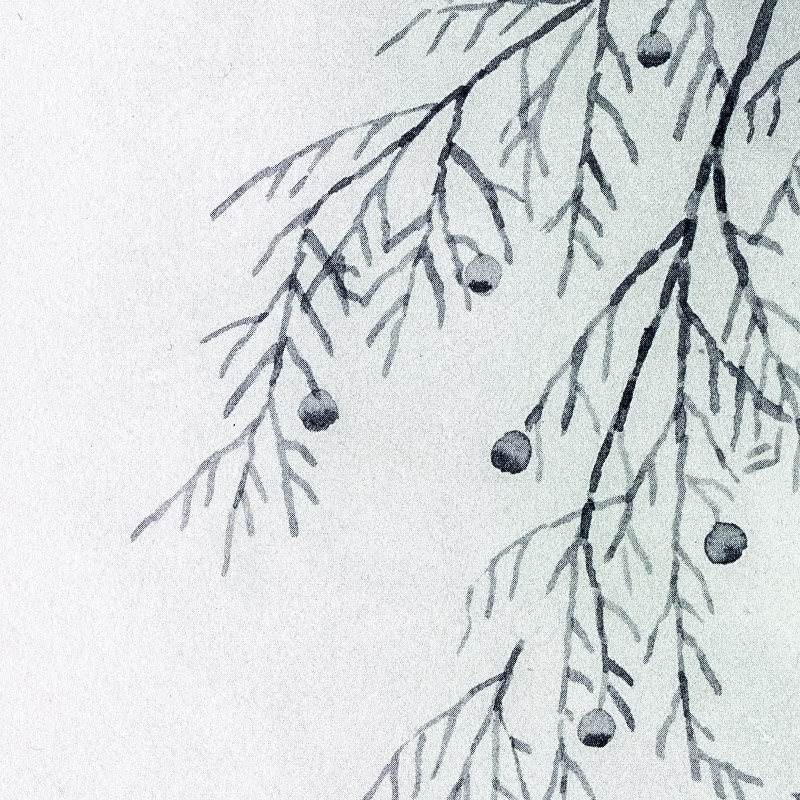
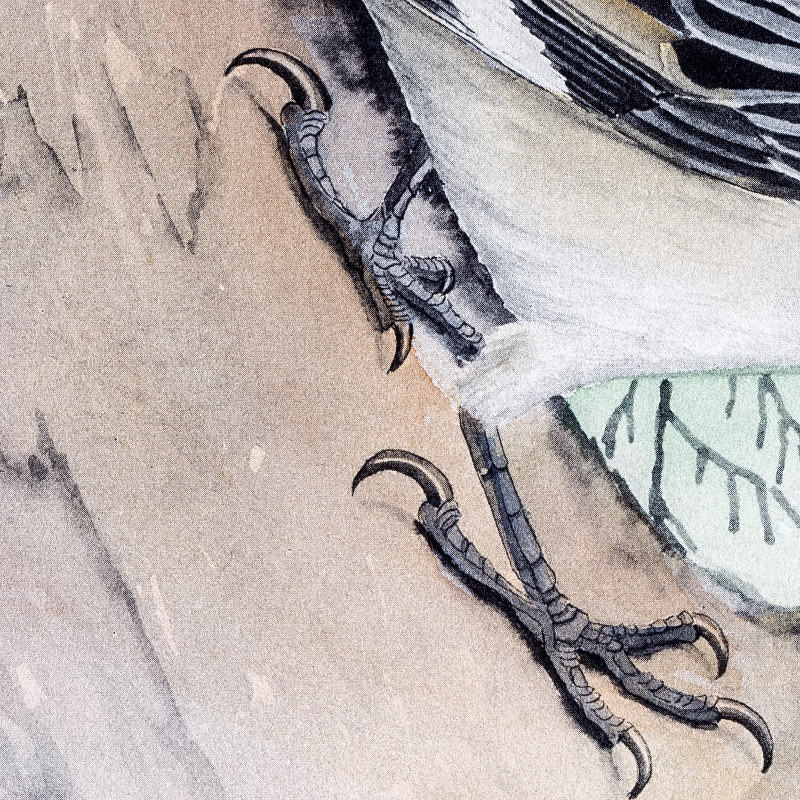
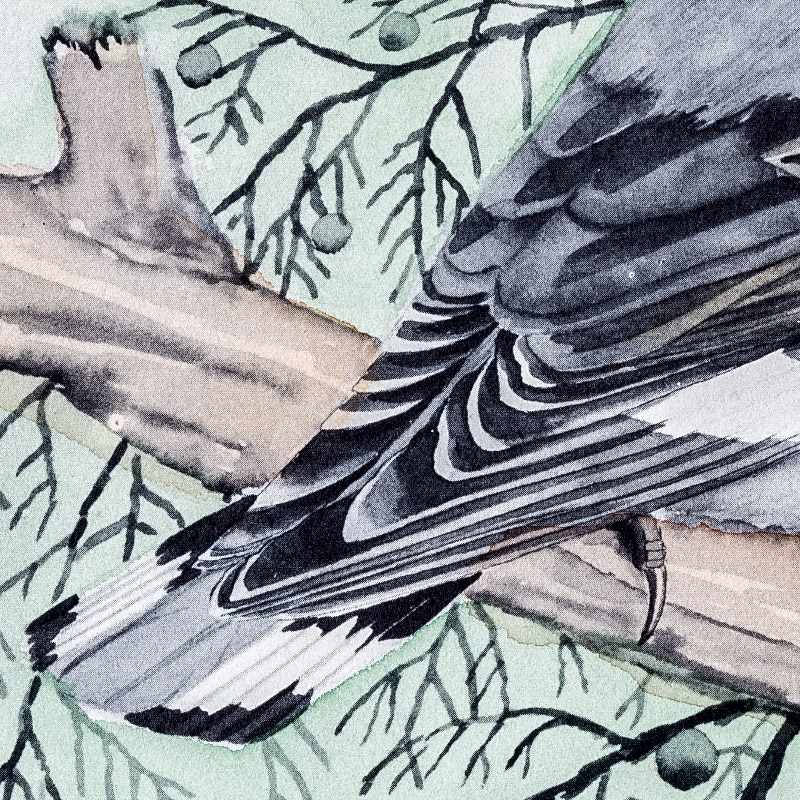
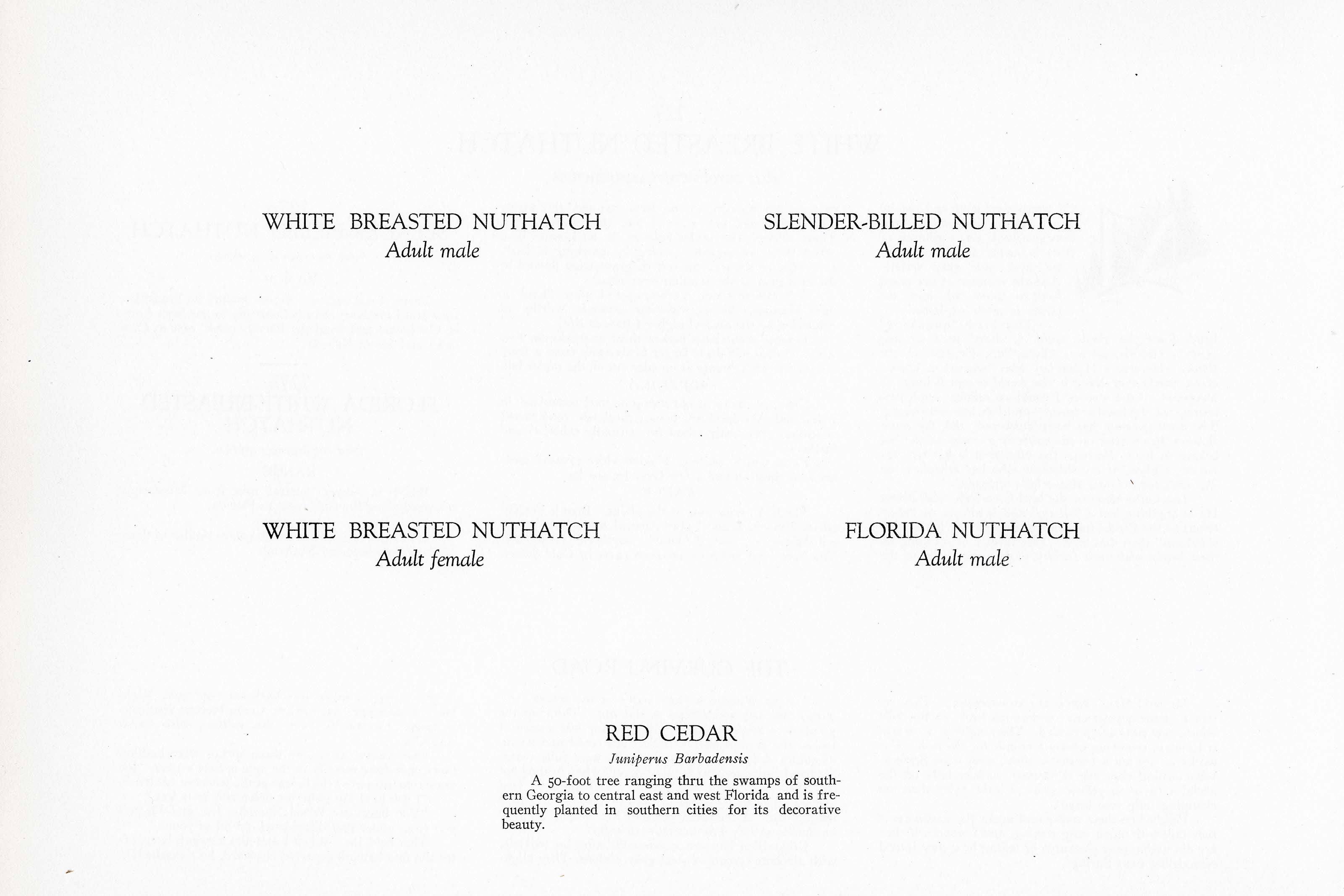
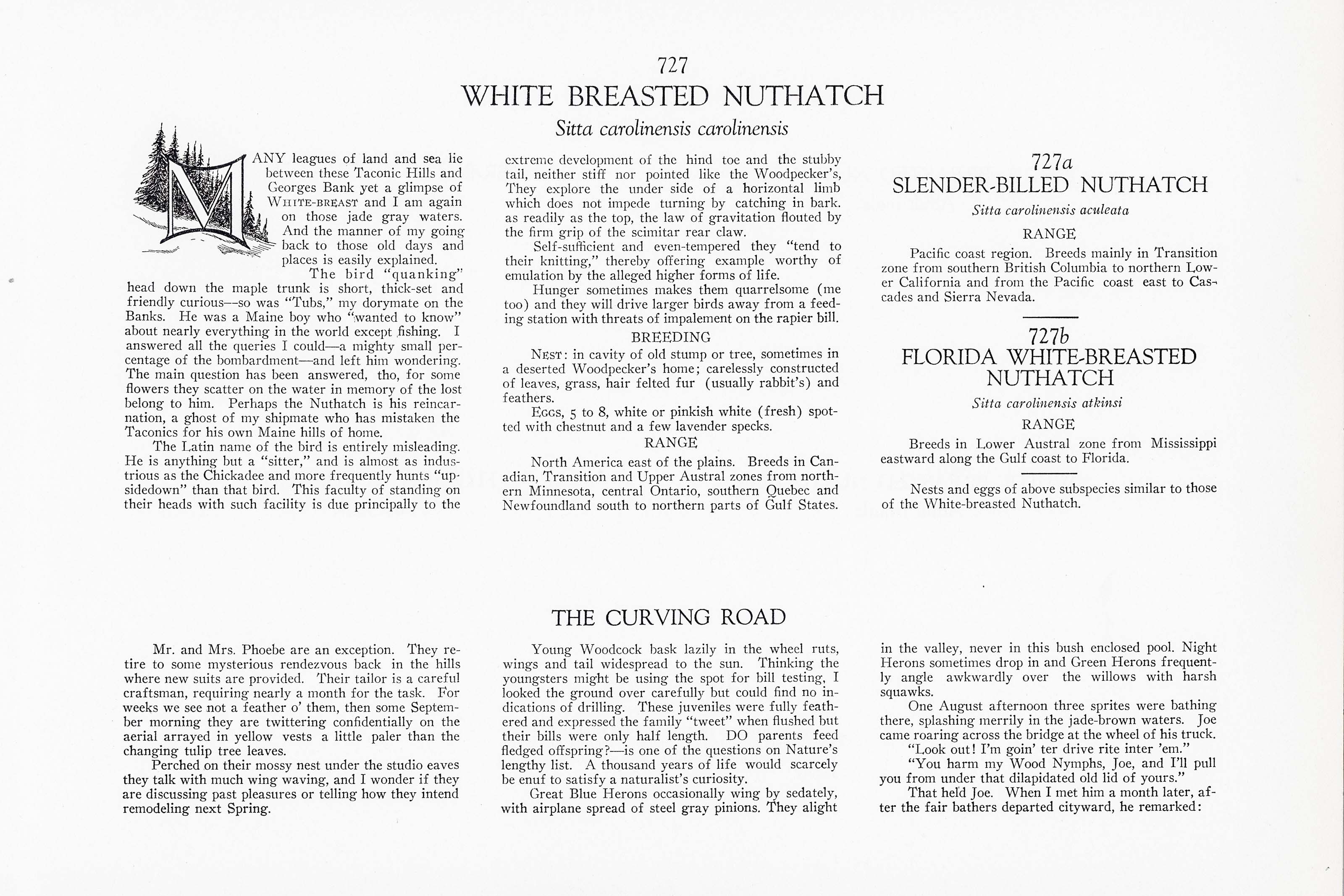

1912
1929
12
727-727a-727b
A team of dedicated board members, volunteers, and student interns has published every page in Volume 9. This volume includes 360 images of paintings and lyrical descriptions of birds, now available online for everyone to enjoy anywhere in the world. This is a monumental task. Each volume requires approximately 400 hours to photograph, edit, transcribe, catalog, and publish online. We need your support to complete this work.
If you're tech-savvy, have a good eye, are meticulous with details, and love structured data, please consider volunteering by emailing us at hello@rexbrasher.org.
We encourage all bird lovers and supporters to consider a monetary donation to support our mission to make Rex's work available for everyone. You can provide a one-time or recurring donation online.
MANY leagues of land and sea lie between these Taconic Hills and Georges Bank yet a glimpse of WHITE-BREAST and I am again on those jade gray waters. And the manner of my going back to those old days and places is easily explained.
The bird "quanking" head down the maple trunk is short, thick-set and friendly curious — so was "Tubs," my dorymate on the Banks. He was a Maine boy who "wanted to know" about nearly everything in the world except fishing. I answered all the queries I could — a mighty small percentage of the bombardment — and left him wondering. The main question has been answered, tho, for some flowers they scatter on the water in memory of the lost belong to him. Perhaps the Nuthatch is his reincarnation, a ghost of my shipmate who has mistaken the Taconics for his own Maine hills of home.
The Latin name of the bird is entirely misleading. He is anything but a "sitter," and is almost as industrious as the Chickadee and more frequently hunts "upsidedown" than that bird. This faculty of standing on their heads with such facility is due principally to the extreme development of the hind toe and the stubby tail, neither stiff nor pointed like the Woodpecker's. They explore the under side of a horizontal limb which does not impede turning by catching in bark, as readily as the top, the law of gravitation flouted by the firm grip of the scimitar rear claw.
Self-sufficient and even-tempered they "tend to their knitting," thereby offering example worthy of emulation by the alleged higher forms of life.
Hunger sometimes makes them quarrelsome (me too) and they will drive larger birds away from a feeding station with threats of impalement on the rapier bill.
NEST: in cavity of old stump or tree, sometimes in a deserted Woodpecker's home; carelessly constructed of leaves, grass, hair felted fur (usually rabbit's) and feathers.
EGGS, 5 to 8, white or pinkish white (fresh) spotted with chestnut and a few lavender specks.
North America east of the plains. Breeds in Canadian, Transition and Upper Austral zones from northern Minnesota, central Ontario, southern Quebec and Newfoundland south to northern parts of Gulf States.
Pacific coast region. Breeds mainly in Transition zone from southern British Columbia to northern Lower California and from the Pacific coast east to Cascades and Sierra Nevada.
Nests and eggs of above subspecies similar to those of the White-breasted Nuthatch.
Breeds in Lower Austral zone from Mississippi eastward along the Gulf coast to Florida.
A 50-foot tree ranging thru the swamps of southern Georgia to central east and west Florida and is frequently planted in southern cities for its decorative beauty.